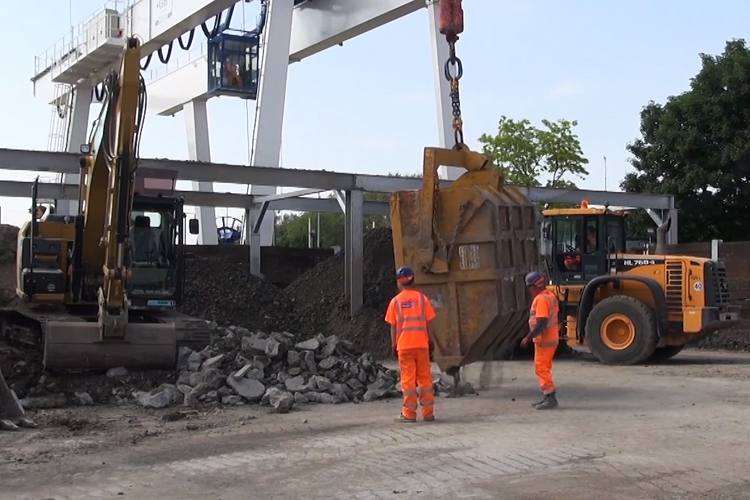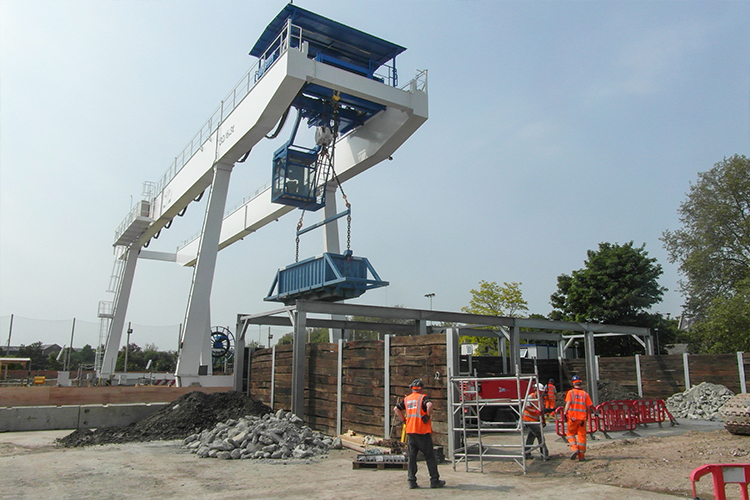Once thought of as a best practice methodology for approaching a project, today value engineering is now commonly misunderstood, viewed simply as a way to drive down supplier prices, sacrifice quality over cost, and add huge risks to a project’s forecast.
So, what happened to true ‘value engineering’, and does it still exist? In this blog we investigate the rise and fall of the term’s popularity and delve into how with the correct application, it can still be the real deal by benefitting project efficiency and reducing costs.

What is value engineering?
Value engineering is a multi-step process, usually carried out during the design phase of a project, aimed at increasing value by finding more cost-effective solutions to achieve the same project objectives.
There are three main stages of value engineering:
- Planning
- Design
- Methodology and approach
Value engineering can be applied at any stage of a project, even during construction, although at this stage it can sometimes present a bigger risk. In essence, the sooner it is implemented, the higher the success rate, and the lower the risk.
To achieve the best value for the client, it should be implemented at the design phase where changes to suppliers or materials will not impact construction.
Where did it originate?
Many may be excused for thinking that the term ‘value engineering’ originates from the UK, after all, it does sound quintessentially British!
However, value engineering (originally referred to as value analysis) was developed in the USA during the 1940s and 1950s. In the aftermath of the Second World War, there were increasing shortages in standard manufacturing materials prompting the consideration of alternative materials and designs to achieve the same outcome. Many of these performed better and were also more cost-effective.
Lawrence Delos Miles was the original creator of value engineering. In 1947, he created and introduced the techniques of value analysis and value engineering at General Electric. This new methodology was soon recognised in other sectors, including, industry, healthcare and government services, as a powerful approach to problem solving that improved cost and productivity.
A common phrase used around this time was: “If we can get the material, then we must get the function.” This encouraged project teams to arrive at technical solutions, whilst focusing on the underlying needs.

An overused term or a misused concept?
Well, both! You only need to look at the incentive salary packages in place that reward purchasing and estimating teams for dramatically driving down project costs, to understand why the concept of value engineering can be misused or interpreted in the wrong way.
These incentives can encourage bad practices, such as: quality equipment and materials replaced with cheaper and poorer alternatives; short-cuts on site that impact health and safety measures; and completed projects that fall below specification.
We believe that value engineering is a completely overused term in the industry because for us at Conquip, true value engineering is in our DNA. It is how we approach temporary works projects, how we advise our customers and it is behind every product that we design and manufacture. We are not just simply consultants or designers, we create solutions which practically ‘add value' on site and reduce costs.
Value Engineering the Conquip way
Temporary Propping
On the Regent House project, a basement excavation for a mixed-use development of retail, office space and residential property, we were approached by a contractor following concerns over the lack of practicality and cost from the initial temporary works design they had received.
Our engineers completely remodelled the design, reducing the number of props, which meant we could significantly cut hire rates for the project. The design also provided a larger excavation area, allowing more efficient muck away. By using the BulkX Direct-to-Truck System, cycle times were increased, spoil removal was faster and traffic disruption was minimised.

Before

After
Bulk Excavation
The Crossrail Stepney Green project is the perfect example of when value engineering can be applied during the construction phase of a project. The excavation began using low capacity Boat Skips, presenting safety issues for the banksmen during spoil discharge, and a time-consuming load and lift procedure…delays to the dig programme seemed inevitable.
However, our BulkX excavation system (able to discharge 10,000 litres of spoil) hugely improved the waste removal for this project, reducing cycle times and shaving 12 weeks off the dig program.

Before

After
Looking for a partner on your next construction project?
Look no further! Conquip offer a complete construction solution from initial discovery and consultation, to on-site advice and installation support. This enables us to develop the right brief for our customers that adds value to a project on a strategic level.
Our approach focuses on reducing design and construction time by offering project teams a diverse product range and bespoke solutions that suit any site requirement.
Get in touch to see what we can do for you.






